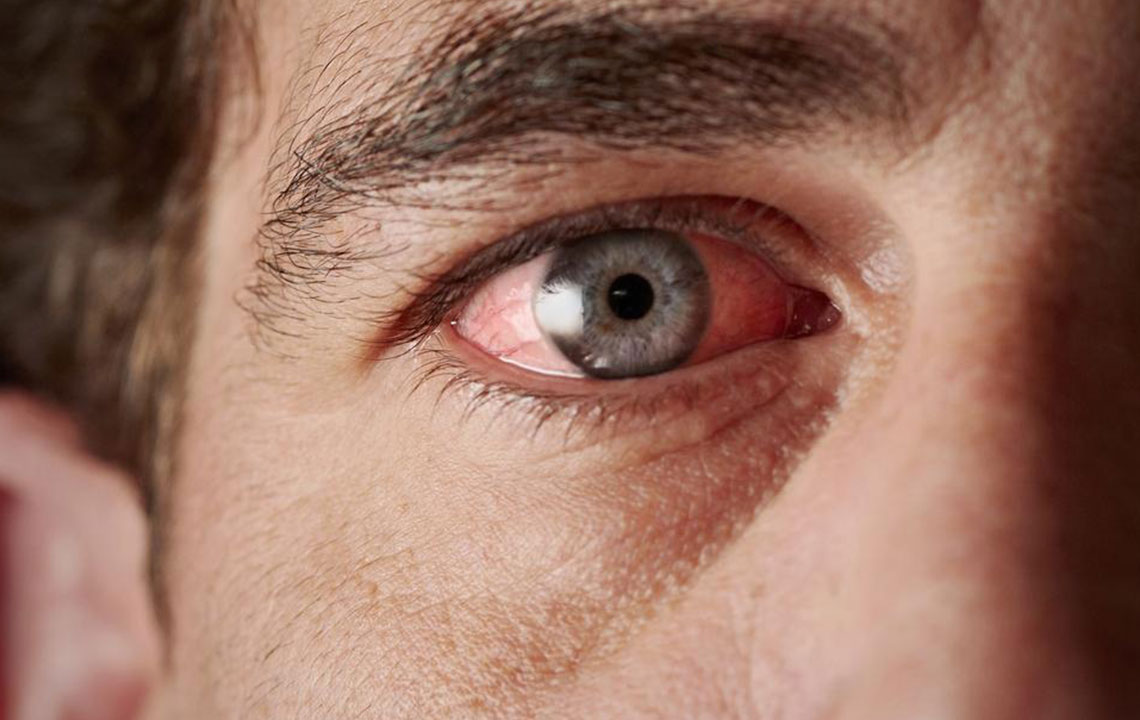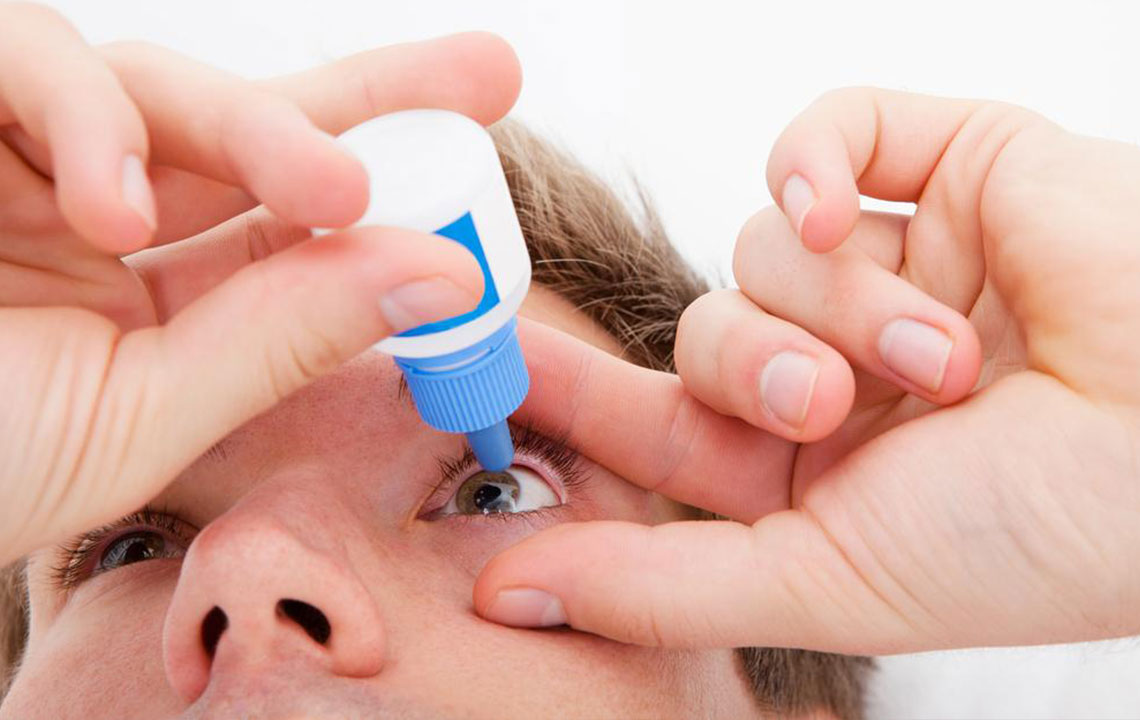Causes and Risk Factors of Persistent Dry Eye Disease
This article explores the primary causes and risk factors of persistent dry eye disease, including aging, hormonal changes, medication effects, and environmental impacts. Understanding these factors helps in early prevention and effective management of dry eye syndrome, emphasizing the importance of consulting healthcare professionals for proper diagnosis and treatment.

Causes and Risk Factors of Persistent Dry Eye Disease
Chronic dry eye condition occurs when the eyes do not produce enough tears or when the tears lack the proper quality to lubricate and nourish the eyes effectively. Often called dry eye syndrome, this condition can significantly impact comfort and vision.
Understanding the various causes is crucial so that individuals can identify symptoms early and seek appropriate treatment. Awareness helps in taking preventative steps to reduce risk.
Common causes of dry eye
Several factors contribute to the development of dry eye. These include:
Natural aging process reduces tear production, leading to dryness and irritation in the eyes.
Hormonal fluctuations, particularly in women due to pregnancy, menopause, or contraceptive use, increase susceptibility.
Certain medications like antihistamines, decongestants, antidepressants, and blood pressure drugs can decrease tear production.
Pre-existing health conditions such as diabetes, rheumatoid arthritis, or thyroid disorders raise the risk of dry eye symptoms.
Inflammation of eyelids or the eye surface, as well as eyelid malpositions, can also contribute to dry eye issues.
Environmental factors, such as exposure to wind, dry climates, or smoke, can exacerbate dry eye symptoms.
Preventing avoidable causes and consulting healthcare professionals promptly are essential steps to manage dry eye effectively.










